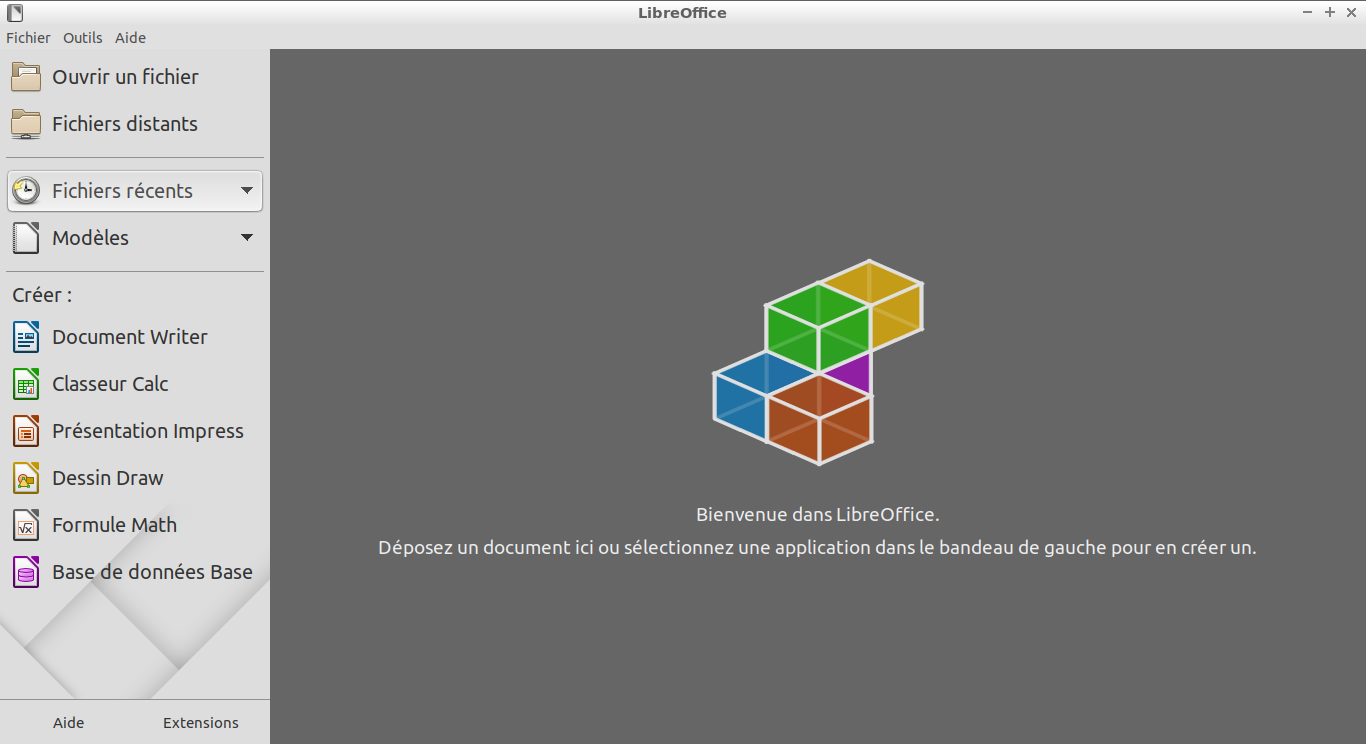

As for charts, I have never seen an Excel file containing them that would look fine in Calc and had to re-create them (same for Writer, inter alia).
#Libreoffice vs microsoft office 2015 pdf#
In this case, attach a version of the file in original format or PDF as a reference.Īnd it’s always best to backup your work to a new folder or the like before proceeding into deeper waters.ĭavid, I use your good answer as a template for mine, OK?įor simple documents, the compatibility is quite high with MSO and LibO. Eventually export in the addressee format when sending the file but there will be approximations in the translation process. Also, always store the file native on the platform (i.e.odx with LO, MS format with Office). Last, if your files include macros, expect failure rather than success in the average case.Ĭollaborative work between both suites works best for basic files which don’t try to exercise bleeding edge features of the application(s). In Calc/Excel, you may stumble on functions with different names or differing argument semantics. However, don’t expect 100% compatibility because underlying concepts are different. ods (Calc) because I have no Office suite here. In case some special feature does not convert as expected, you should ask.Ĭompatibility issues are a never ending story which will not be solved in any foreseeable future. There are a lot of such subtle differences, that you always need to examine the converting result to be sure, that it meets your demands. Or another example: LibreOffice Writer has the ability to vary the vertical position of an image anchored as character, that is not possible in Word. But a frame cannot split about several pages. Therefore on import the table is put into a frame. Word has tables, which can float, so that text can be on the side of the table. In switching between MS Office and LibreOffice you have to keep in mind, that there are principle differences between the file formats, that prevent a direct converting and need workarounds: E.g. But that depends on what the documents actually contain. Therefore you might get better results working in docx, xslx and pptx. Many of these extension are implemented to get a better interoperability with MS Office. So in case you have to switch between MS Office and LibreOffice and use ODF formats in both applications, then always save to “ODF 1.2” in LibreOffice. MS Office does not know these extensions. LibreOffice uses a lot of extensions, in case you save to “ODF 1.2 extended”.

If you use the latest version of MS Office, then MS Office is able to use ODF1.2. On the whole, as long as you keep your expectations in check, and avoid over-complication of documents, then sharing files between the two Office suites is fairly successful, and very convenient. Long ago, you could get some surprises in how backgrounds are handled, but this is less frequent now.

Impress: If I want to use an Impress presentation with Powerpoint (or vice versa), I always use PPT format rather than PPTX, and keep the transitions/animations very simple. don’t be too ambitious in the use of tables.Ĭalc: I don’t use this much (other AskLibO users may want to offer some thoughts), but in my limited experience, Excel and Calc share my fairly simple spreadsheets just fine.

expect some oddities with footnote anchors and footnote formatting.Here are my main “personal rules” when I’m using files shared between LibO and MSO: The more complex the file, then the higher chance of getting some glitches. My experience is that using files on both MS Office and LibreOffice is at least as compatible between using MS Office files on different versions of MS Office! For simple documents, spreadsheets, and presentations, the compatibility is quite high with MSO and LibO, in fact.


 0 kommentar(er)
0 kommentar(er)
